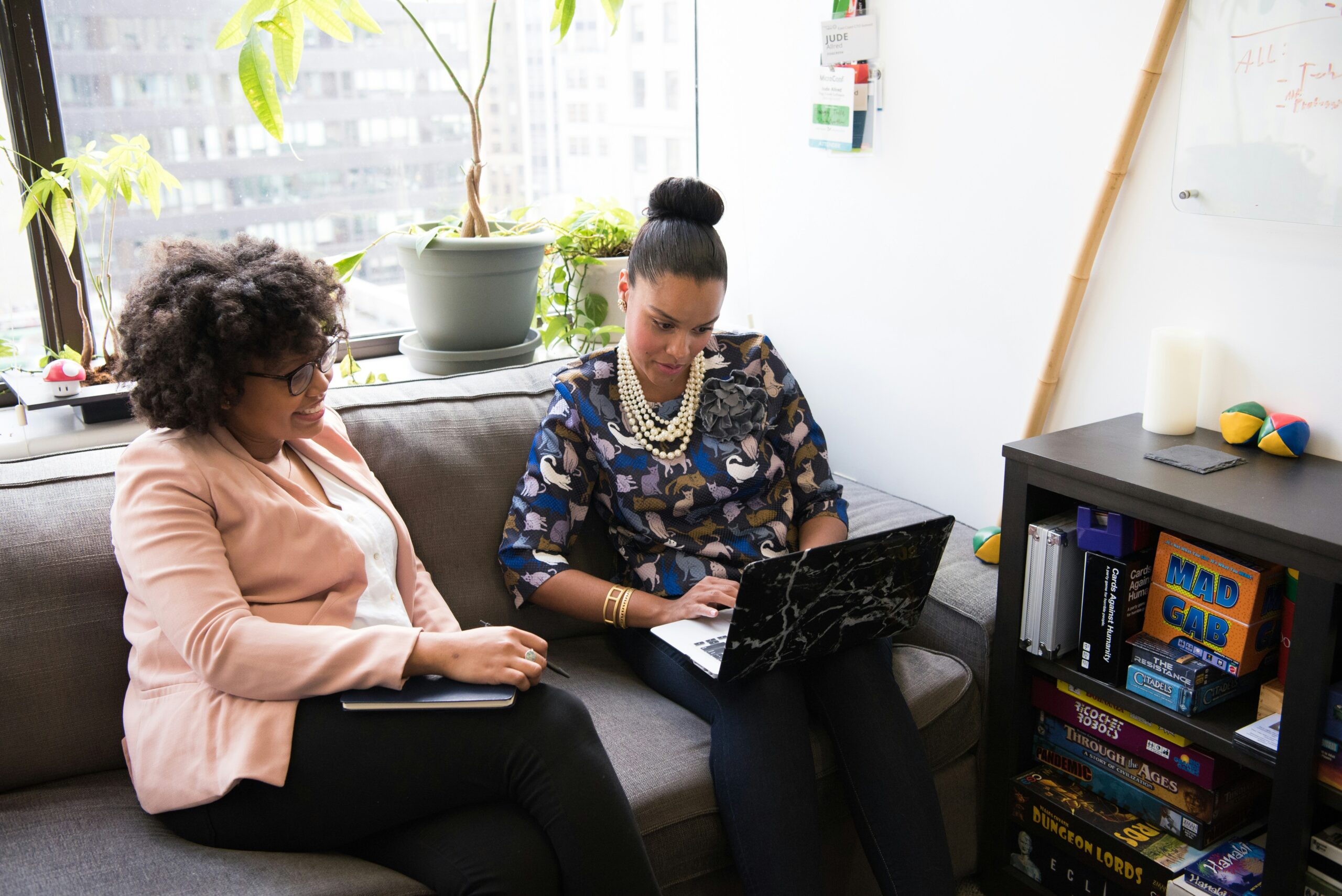
Introduction to Confidence Building
Confidence is an essential ingredient in the recipe for both personal fulfillment and professional success. It influences how we interact with others, tackle challenges, and make decisions. For those embarking on the journey to build unstoppable confidence, understanding the core components of confidence is pivotal.
The need to cultivate unwavering self-assurance cannot be overstated. Confident individuals are often perceived more positively — they exude a sense of certainty that attracts opportunities and fosters trust in personal and professional relationships. In many instances, the confidence someone exhibits can be just as important, if not more so, than their actual skills and knowledge.
Psychologically, confidence is linked to various beneficial outcomes. Research indicates that self-assured individuals tend to experience lower levels of anxiety and stress, improved mental health, and greater overall satisfaction with life. For example, a study conducted by the American Psychological Association found that self-confidence significantly correlates with resilience and coping abilities (source: APA Study on Resilience).
Conversely, a lack of confidence can paralyze potential, leading to missed opportunities and underwhelming achievements. Confidence has a unique dual role; it acts as both a protective buffer against life’s adversities and a catalyst that propels us toward our aspirations.
This comprehensive 30-day plan is designed to elevate your confidence systematically. By committing to this journey, you’re setting the stage for transformative growth that can profoundly impact every facet of your life. This program provides a structured, step-by-step approach, incorporating actionable tips, reflective exercises, and practical strategies to fortify your self-assurance.
As you prepare to embark on this ambitious endeavor, it’s vital to recognize that building unstoppable confidence is both an internal and external journey. By understanding the nuances of confidence and committing to this 30-day plan, you lay a solid foundation for achieving greater personal and professional milestones.
“`
Week 1: Self-Assessment and Goal Setting
Embarking on a journey to enhance self-confidence begins with a thorough self-assessment. This critical first step helps in comprehending your current confidence levels, serving as a foundation for effective goal setting. Various methods can facilitate self-assessment, such as questionnaires designed to pinpoint strengths and weaknesses or self-reflection exercises that probe deeper into personal experiences and behavior patterns.
Questionnaires can be particularly useful. They often consist of targeted questions that gauge aspects contributing to one’s self-confidence, including social interactions, self-perception, and professional competence. Tools like the Rosenberg Self-Esteem Scale or the Confidence Assessment Questionnaire are readily accessible and offer valuable insights. Incorporate findings from these tools with self-reflection methods to get a comprehensive view of your confidence landscape.
Self-reflection exercises involve introspection and a candid evaluation of one’s thoughts and feelings. Setting aside time to ponder questions like, “When do I feel most confident?” and “What situations cause self-doubt?” can unearth patterns and trigger points influencing self-confidence. Journaling these reflections can help visualize progress and identify specific, actionable areas needing attention.
Once you have a clear self-assessment, the next step is goal setting. Establishing SMART goals (Specific, Measurable, Achievable, Relevant, and Time-bound) can streamline efforts towards boosting self-confidence. An example of a SMART goal in this context might be: “I will improve my public speaking skills by joining a local Toastmasters club and delivering at least three speeches within the next four weeks.”
Goal setting focusing on self-confidence ensures your objectives are clear and manageable, providing a sense of direction and purpose. Integrating both short-term and long-term goals can maintain momentum and celebrate incremental successes. Resources like MindTools offer detailed guidance on setting SMART goals effectively, while platforms like Psychology Today provide additional self-assessment tools to facilitate deeper understanding.
In conclusion, Week 1 is dedicated to introspection and planning. Self-assessment not only clarifies where you stand today but also illuminates the path forward. With well-defined goals, the journey to unshakeable self-confidence becomes structured and attainable.
Week 2: Building Positive Habits and Mindsets
Week two is crucial for establishing positive habits and mindsets that serve as the foundation for lasting confidence. By integrating these daily practices, you can significantly enhance your self-esteem and overall mental well-being.
Developing a Morning Routine
Starting your day with a structured morning routine sets a positive tone that can reverberate throughout the day. A purposeful morning routine might include activities like stretching, meditating, or reading something inspirational. Effective time management during the early hours can lead to increased productivity, which, in turn, boosts self-confidence. Waking up at a consistent time, regardless of the day, can enhance your mental clarity and energy levels, making you more resilient to daily challenges.
Practicing Gratitude and Daily Affirmations
Gratitude is a powerful tool for fostering a positive outlook. Start by acknowledging three things you are grateful for each day. This practice shifts your focus from what’s lacking to what’s abundant in your life. Concurrently, incorporate daily affirmations to reinforce self-belief. These positive statements, repeated consistently, can help reprogram negative self-talk. Say affirmations like, “I am capable and confident in all that I do,” to solidify a positive self-perception.
The Role of Physical Health
Physical health is intricately linked to mental well-being and confidence. Regular exercise not only improves physical fitness but also releases endorphins—chemicals in the brain that act as natural mood lifters. Aim for at least 30 minutes of physical activity most days of the week; it could be anything from a brisk walk to a yoga session. Also, pay attention to your diet. Eating balanced meals rich in nutrients supports brain function and mood regulation, essential components for maintaining positive habits and confidence.
Utilizing Resources
To aid in the formation of these positive habits, consider using habit-tracking apps. These tools can help you maintain consistency and provide valuable insights into your progress. Guides on forming new habits, available in books and online courses, can offer further strategies and support. By leveraging these resources, you can create a sustainable routine that fosters continued growth and self-assurance.
By implementing these positive habits and mindsets, you are well on your way to building unshakable confidence. Using a structured morning routine, practicing gratitude and affirmations, prioritizing physical health, and utilizing helpful resources, will provide a holistic approach to boost your self-confidence.
Week 3 & 4: Action and Overcoming Challenges
The final phase of the 30-day plan is paramount in transforming your journey from intention to action. Week three centers on taking deliberate steps to step out of your comfort zone. This involves engaging in incremental challenges tailored to foster confidence. Start with minor tasks that seem slightly uncomfortable but achievable. For example, if initiating conversations is daunting, start by greeting colleagues or neighbors and gradually progress to more extended dialogues. These small victories accumulate, enhancing your self-assurance and preparing you for larger tasks.
In the fourth and final week, the focus shifts to overcoming challenges and building resilience. This period may introduce setbacks, but these are vital for growth. Techniques such as positive self-talk can be profound. Remind yourself of past achievements and affirm your ability to succeed despite difficulties. Additionally, surrounding yourself with a supportive network can provide both encouragement and constructive criticism. Friends, family, or mentorship groups can offer invaluable perspectives and bolster your resolve during trying times.
Embracing failures as learning opportunities is another critical aspect. Reviewing what didn’t work and why can reveal patterns or misconceptions that can be corrected for future attempts. Consider the story of Sarah, who failed multiple times before successfully launching her business. By analyzing her setbacks and seeking guidance, she built a robust strategy that led to success. Stories like Sarah’s demonstrate that resilience building and facing challenges head-on can lead to substantial personal growth and confidence.
External resources can also play a pivotal role in this journey. Articles on resilience building and overcoming challenges offer deeper insights and diverse strategies, supplementing your efforts. By integrating these techniques, you’ll be better equipped to face adversity and maintain the confidence you’ve developed. Remember, the key to lasting confidence lies in consistent actions and the ability to bounce back from setbacks, turning obstacles into stepping stones.












